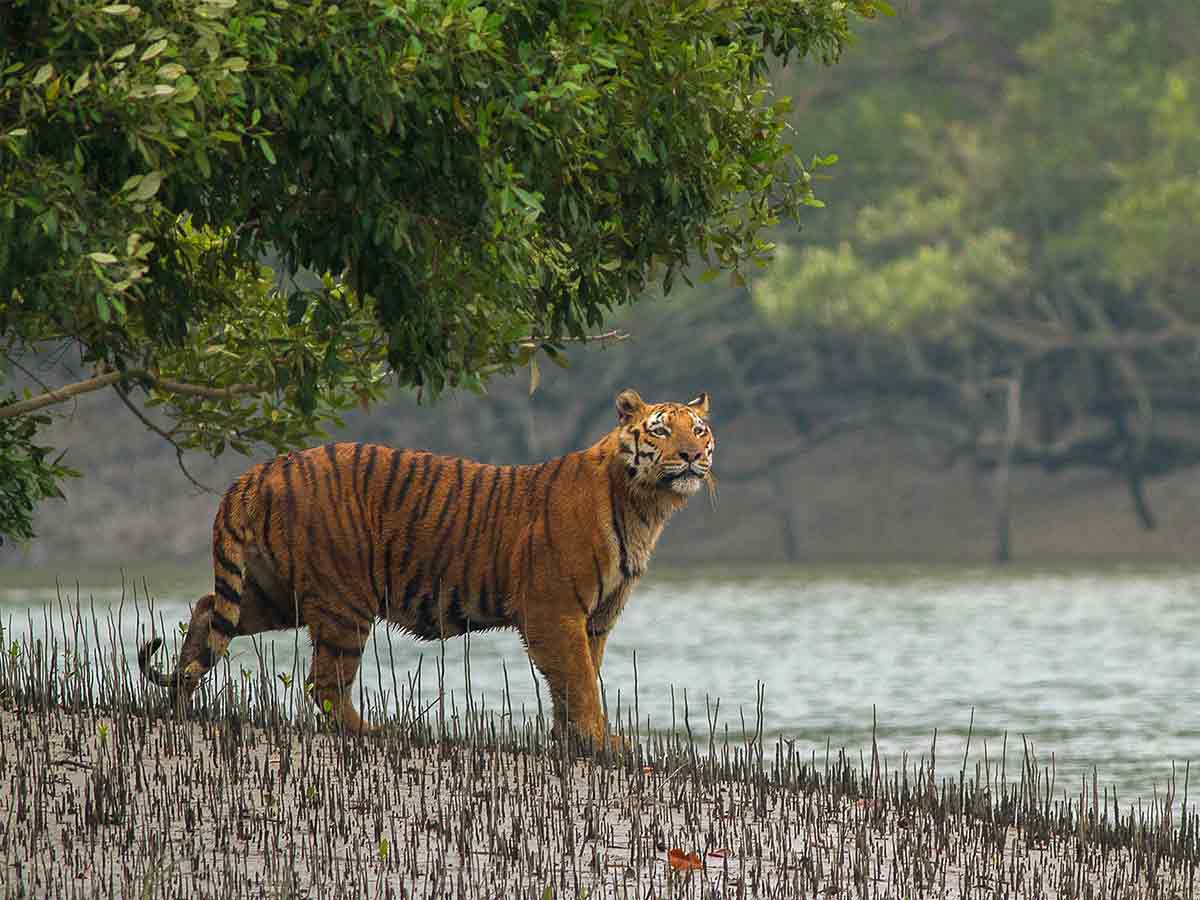West Bengal, one of India’s most prominent states, is famous for its culture, traditions, sweets, and Sundarbans. As coffee is incomplete without its cream, so is West Bengal without Sundarbans. The Sundarbans are a true blessing of nature that offers perfect peace, serenity, calmness, and freshness.
Sundarbans, the mangrove area in the delta formed by the Ganges, Brahmaputra, and Meghna Rivers in the Bay of Bengal, is a heaven for nature lovers. In the Sundarbans National Park, with the sounds and glimpse of tigers, one can get the wet and damp air with the silence interrupted by the birds’ melodious singing and chirping. Inside, Sundarbans, the world’s largest mangrove forests, tributaries, and creeks, form an intricate network.
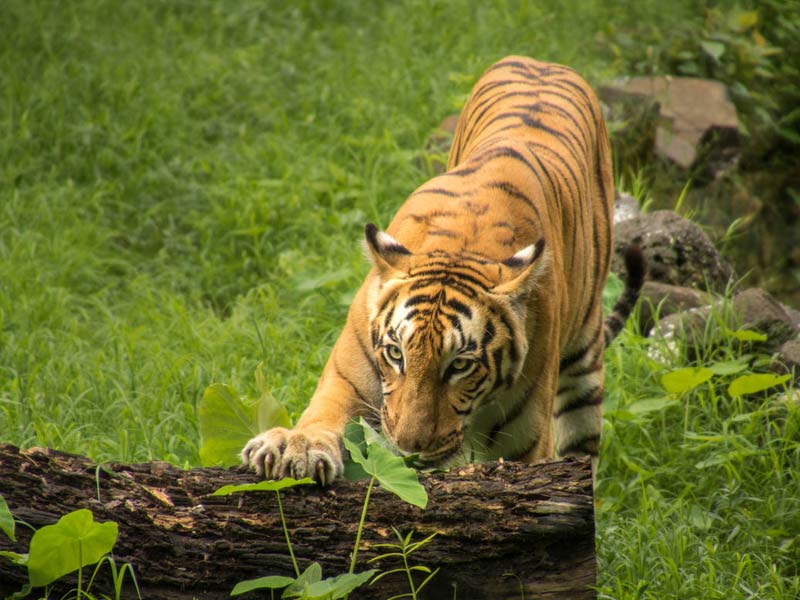
The tourists can even enjoy the serenity of nature while having a boat ride. Everybody can witness the variety of birds, from whistling teals to Brahminy kites. The Sundarbans have so many things at once, from national parks and biosphere and a tiger reserve. The large Sundarbans Delta is spread across 40,000 square kilometers. The Sundarbans stretches from the Hooghly river in West Bengal to River Baleshwar, Bangladesh.
Sundarbans translates to “Beautiful forests,” which indeed is true! The Sundarbans are also famous for their Sundari trees, which are dominant in their mangrove area. The uniqueness of these trees lies in their roots which shoot them upward for respiration. Also, they are responsible for waterlogging. Moreover, the Sundarbans are listed in the UNESCO World Heritage sites.
Also Read, What to do in the Hidden and Blissful Ajodhya Hills
HISTORY OF SUNDARBANS TIGER RESERVE
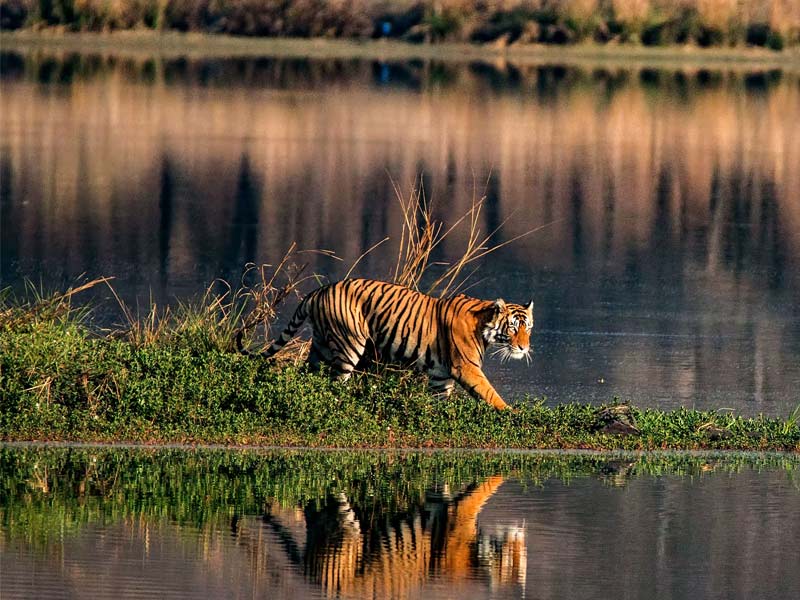
The history of the Sundarbans Tiger reserve can be traced back to 200-100AD. It is believed that the Sundarbans forest was leashed to the nearby residents during the Mughal Period. But the Mughals built the settlements on it. These settlements were attacked by the salt smugglers and the Portuguese in the 17th century. The remains of that settlements are now the ruins and can be traced to a place known as Netidhopani.
But the actual history begins in the 1865s with the Forest Act when the area of the forest was declared as ‘Reserved.’ However, after the Independence of India, in 1988, the area was declared as a wildlife sanctuary and, in the May of 1984, the forests were declared as a National Park.
BEST TIME TO VISIT SUNDARBANS
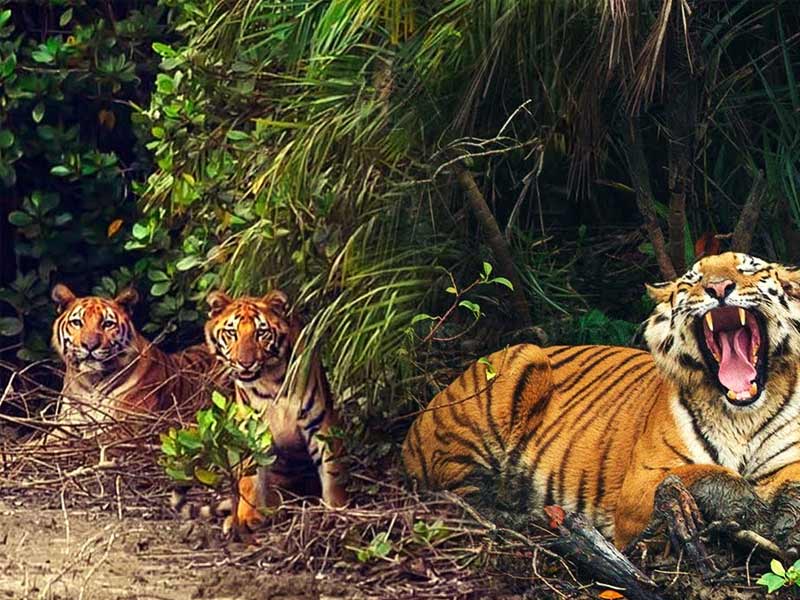
The best time to visit Sundarbans is somewhere between November to March. The weather during this time is quite pleasing and is perfect for sightseeing and tiger seeing. However, it can be visited between April and July, but remember that the average temperature during these months is about 43 degrees centigrade. The scorching heat can spoil the mood and fun during these months. And during monsoons, most of the area is flooded with it becomes difficult to walk around and even boating is not that safe during these months.
GEOGRAPHY OF SUNDARBANS

One of the major attractions of the Sundarbans is its geography. The Sundarbans are part of the world’s biggest delta and home to the largest mangrove forests. In the serenity and pleasing environment of Sundarbans resides a commendable and vast variety of flora and fauna. The Sundarbans are a kind of mystery that gets unfolded with every visit. Except for the variety of flora and fauna, Sundarbans resides many villages and islands in it.
Flora of the Sundarbans is amazing. Almost 64 varieties of plant species can be found surviving in the saline and brackish inundation. So many species of plants such as Dhundul, Champa, Hiatal, Golpati, Genwa, and Sundari trees can be found in the Sundarbans. Even there are 78 species of mangrove trees in the forest. The fauna of the Sundarbans is known by all as it is so rich in its variety of species. Sundarbans’ fauna is much more than just tigers. There are so many birds and animals such as Flying fox, Wild Boar, leopard cats, chital deer, rhesus monkey, pangolin, etc.
Sundarbans is also famous for their marine life. Crocodile sits leisurely on a mudflat and, enjoying its afternoon, draws the attention of the tourists. Other than crocodiles, Sundarbans Marine life possesses red fiddler crabs, hermit crabs, etc. Also, Sundarbans is the home to so many reptiles such as rock python, king cobra, etc. The special attention is caught by the barking deer in the Sundarbans.
Also Read, Hidden and amazing facts about Bengal Tigers
SAFARI TIMINGS IN SUNDARBANS

Visiting Sundarbans without Safari rides sounds so boring and incomplete. The best part of the Sundarbans is that it offers only Boat safaris to the visitors rather than the Jeep safaris, which makes the trip to Sundarbans even more interesting. So, if you want to experience the boat safaris, you can get a ride from 8:30 am to 4:00 pm.
POPULAR TOURIST SPOTS IN SUNDARBANS
Sundarbans is not limited to just a boat ride. There are so many other attractions too. So, if you are planning a trip to Sundarbans, don’t forget to visit these popular tourist spots.
KALASH ISLAND
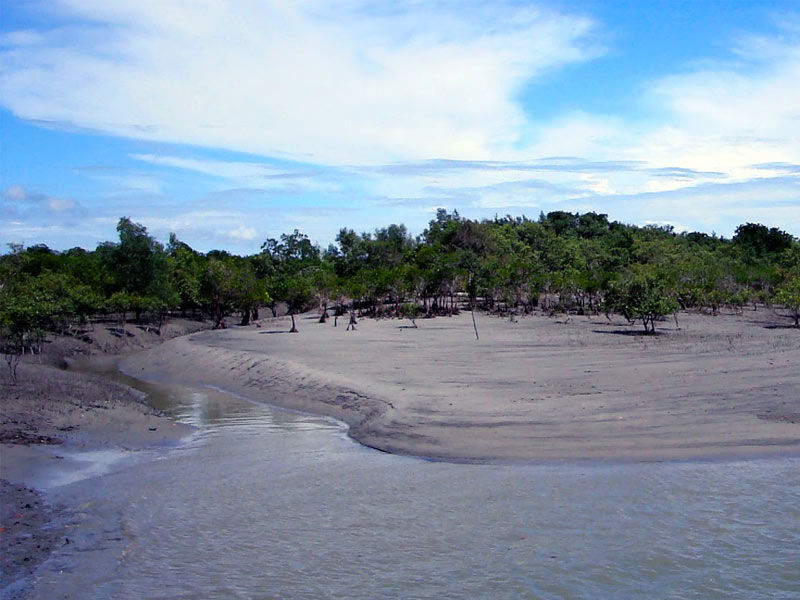
If you are visiting Sundarbans, then Kalash island is the perfect spot to spend your vacation. If you are visiting the place in winter, then it will be a delightful surprise. The serenity and calmness of the island with turtles and so many birds chirping and singing all around is really a heavenly experience.
BURIRDABRI
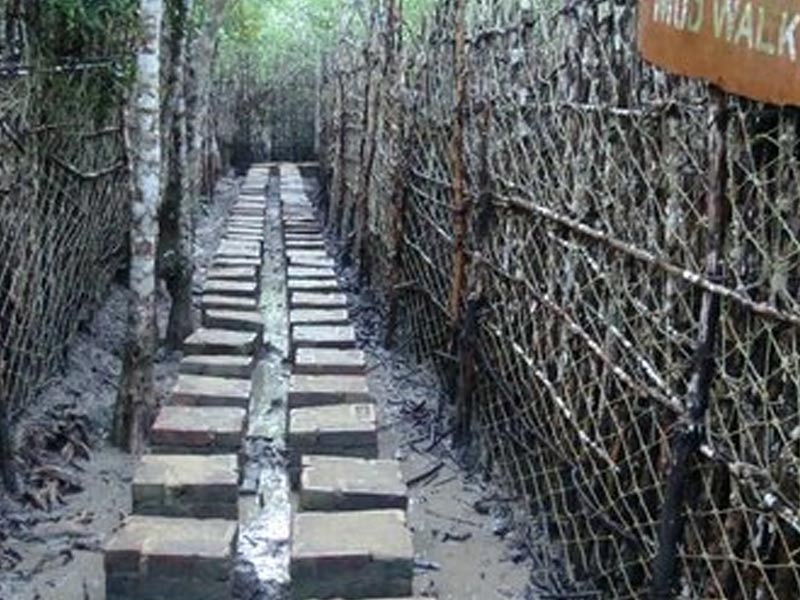
Bhurirdabri is famous for so many things. Being in Sundarbans, you can’t miss this tourist spot. The pot offers a mud walk, watchtower, and a mangrove cage trail. The trail leads to a spectacular viewpoint called Raimongal Viewpoint. The best part of the watchtower is that it offers a glimpse of Bangladesh Sundarbans. Still, it can only accommodate 10 people at a time. Moreover, walking on the trail, you will come across so many species of flora and fauna that will make your walk even more exciting!
NETIDHOPANI

Another spot to check out in Sundarbans is Netidhopani. At the time of the Mughals, the people had built their settlements at this spot which is now nothing but a ruin but is great for sightseeing. The spot is now covered in earth and consists of a sweet water pond. One of the most famous and best parts of the spot is its 400 years old temple dedicated to Lord Shiva.





















